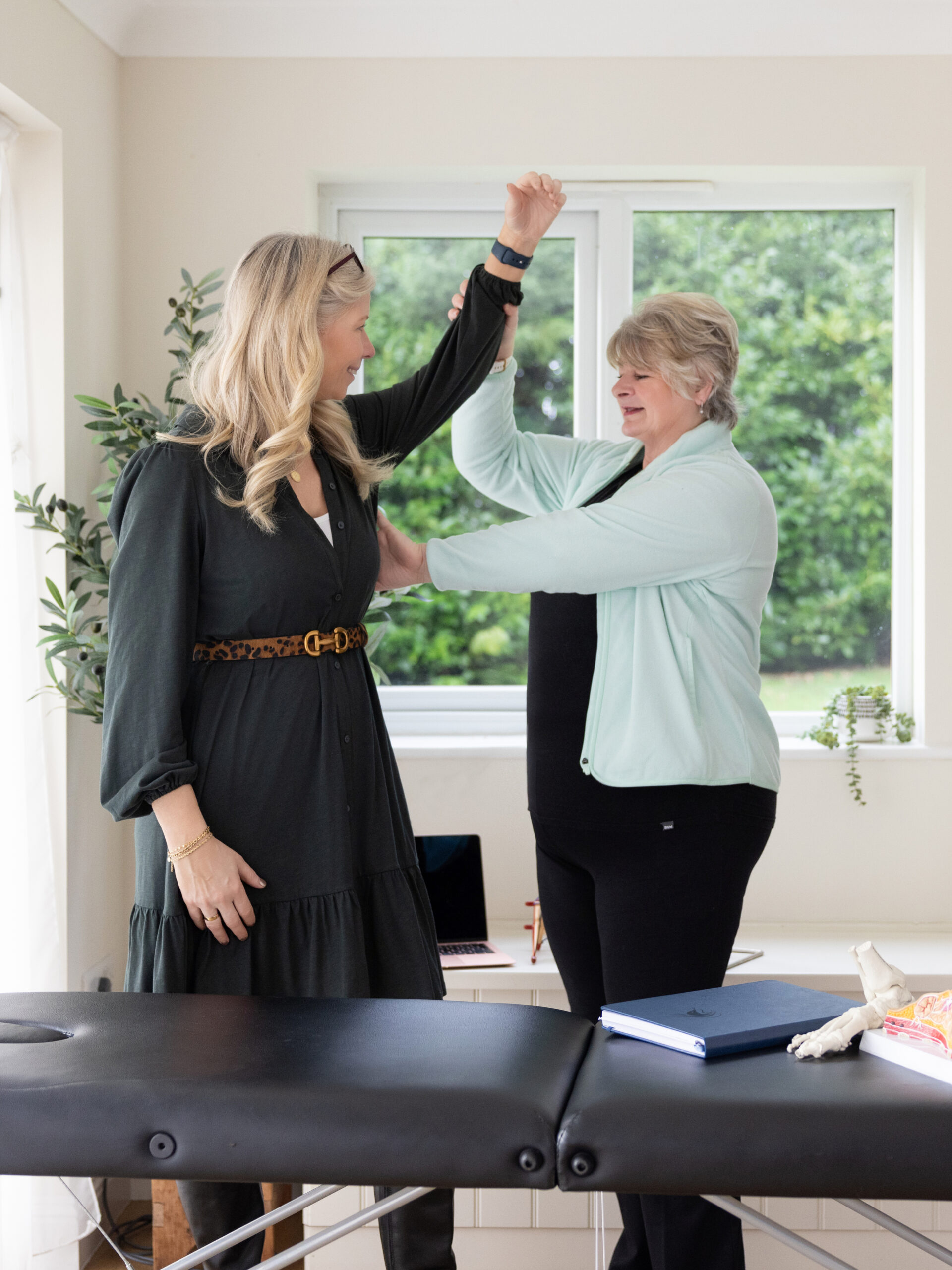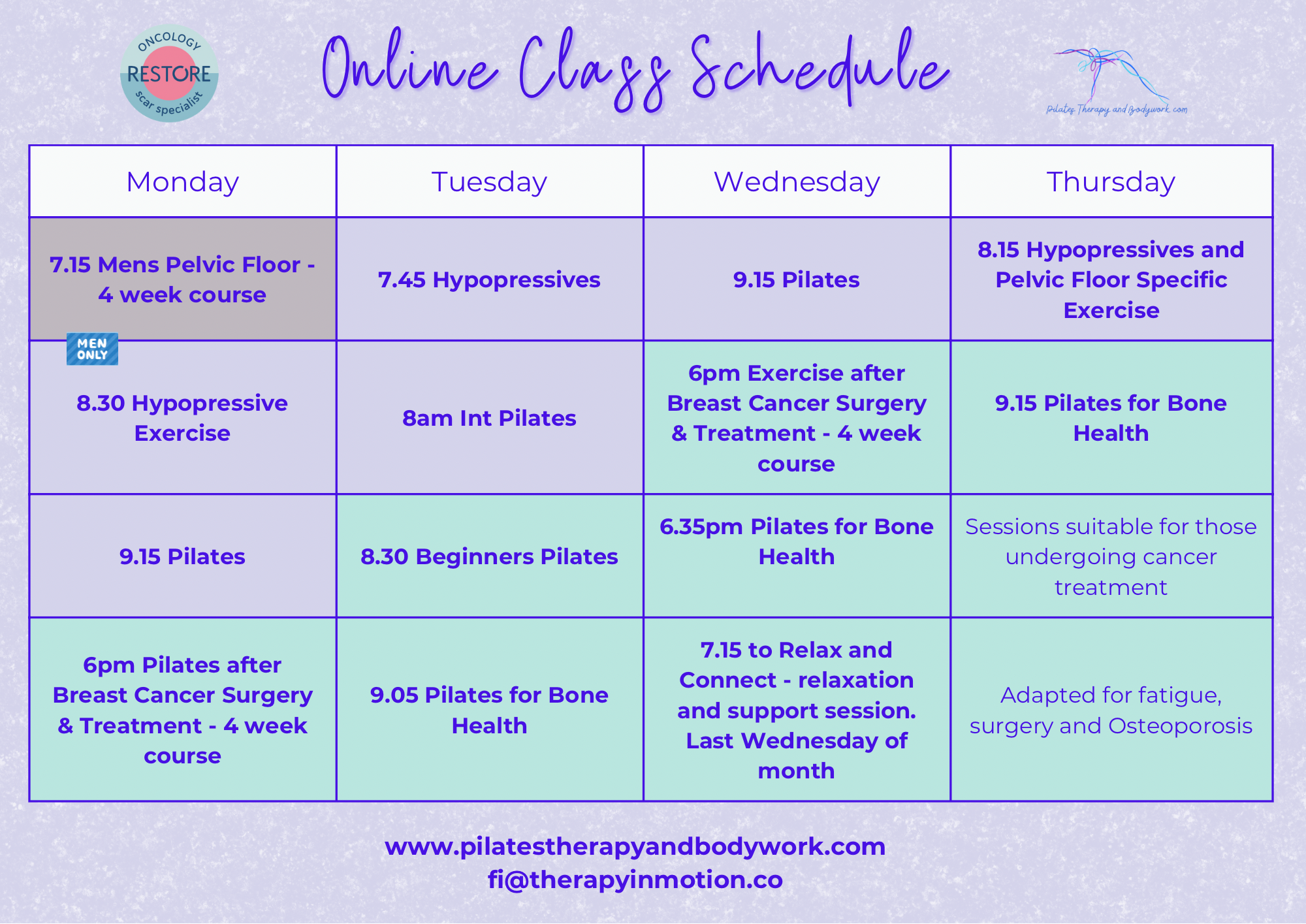Empowering Your Recovery: Insights for Breast Cancer Survivors

Embarking on the journey to recovery after a breast cancer diagnosis involves addressing both physical and emotional challenges. Incorporatingexercise into your routine can play a pivotal role in enhancing your well-being and aiding your recovery process.
Is Exercise Safe During Treatment?
It’s natural to question safety of physical activity during treatment. Studies have shown that moderate exercise, such as walking, is not only safe but also beneficial for most breast cancer patients. Engaging in regular activity can help reduce fatigue, improve mood, and maintain physical function.
“Did you know that breast cancer survivors suffer from fatigue in 90% of cases, not just during chemotherapy but over a period that can last several years”? (Ana Joaquim et al)
“Did you know that around 85% of breast cancer survivors report being less physically active than the recommended 150 minutes of moderate exercise per week”?
Which Exercises Are Most Beneficial?
A combination of aerobic and resistance exercises is recommended to support recovery. Aerobic activities like brisk walking, cycling and dance enhance your cardiovascular health, while resistance training helps build muscle strength and helps maintains bone health. Incorporating mind-body practices like Pilates, Yoga and Tai Chi can also alleviate anxiety and stress and improve flexibility.
“Did you know that one in two women report upper body morbidity after breast cancer treatment (Sandra C Hayes et al), that is problems affecting shoulders, arms, chest and upper back. These include pain, stiffness, weakness and swelling or limited movement”?
“Did you know that 40% of women experience upper-body function declines after treatment and struggle with reaching for a cupboard, brushing their hair, carrying shopping”?
Managing Treatment Side Effects Through Exercise
Regular physical activity has been shown to help with several treatment-related side effects. Exercise can reduce cancer fatigue, help with low mood and depression, and improve quality of life. It is a proactive way to manage symptoms and regain a sense of control.
Tip – Starting with gentle movements once cleared by your surgeon, with gentle movements like shoulder rolls, wall walk up for flexion, wall walk side for abduction, neck rotations and scapular squeezes. You can perform these movements 2-3 times each day. Gentle and consistent is key.
Finding the Right Exercise Program
Seeking out exercise programs specifically designed for breast cancer survivors can provide the tailored support you need. These specialised programs run by experts consider your unique story, such as surgery, health status, chemotherapy and radiotherapy. You will set goals together and work in a safe environment to rebuild strength and confidence to reach those goals.
Rebuilding Strength Post-Surgery
After any breast cancer surgery not just mastectomy, it is important to approach exercise with care. Starting with gentle stretching and gradually progressing to strength-building activities can aid in restoring range and function. Consult with your medical team before embarking on a new exercise program.
Integrating exercise into recovery and survivorship can significantly enhance your physical and emotional well-being. By addressing the common concerns and following evidence-based and specifically guided programs, you will be taking steps toward a healthier, more active life after breast cancer.
If you are ready to start your exercise program, get in touch fi@therapyinmotion.co or 07767 384983

